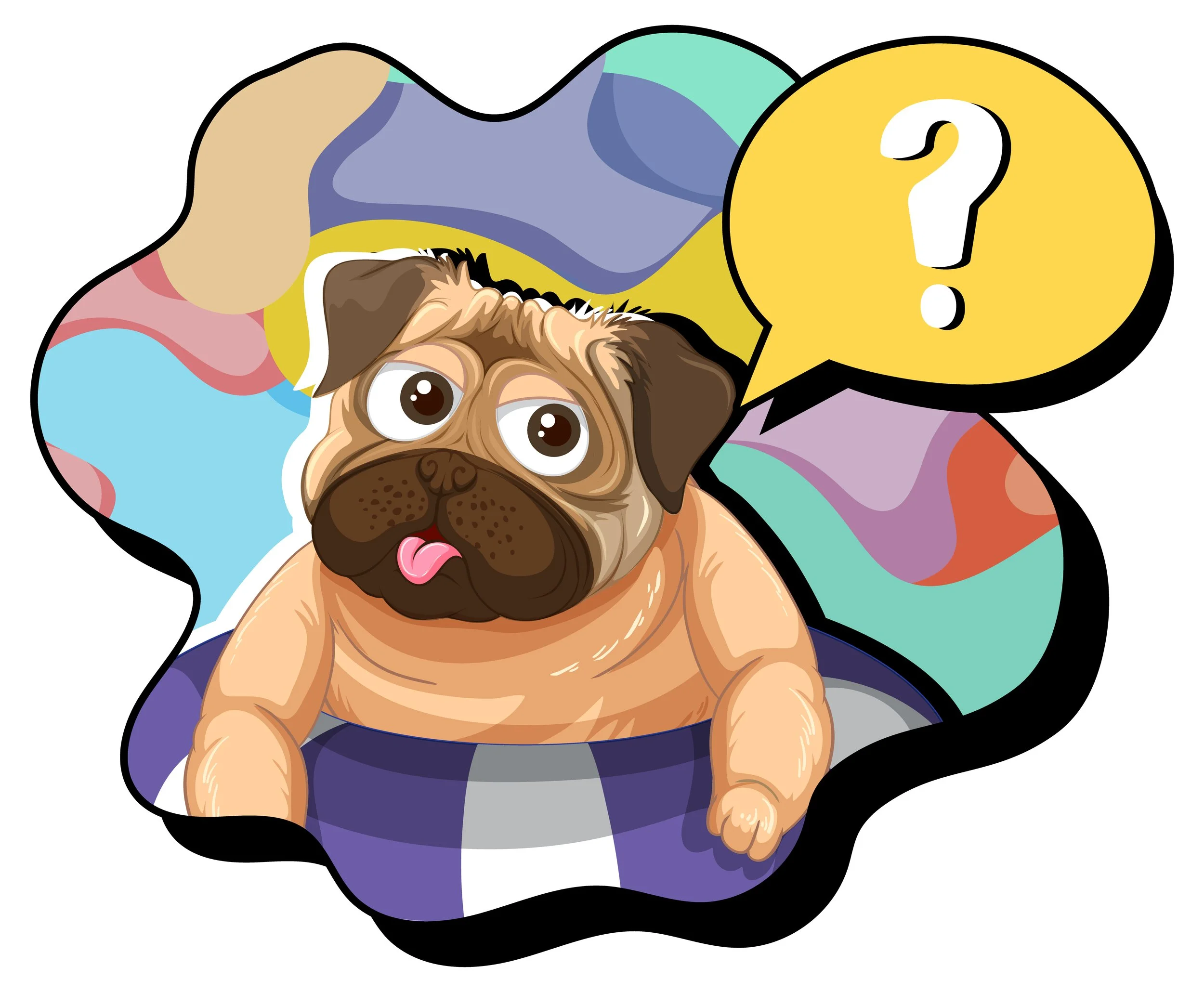Why I Don’t Usually Mark or Correct “Bad” Behavior
Someone recently asked me if I ever mark or correct “bad” behavior. Awesome question! But, at the moment, I didn’t quite have an answer that fully represented my thoughts on this topic. After reflecting on it, I was finally able to put my why into words.
Our Human Tendency to Punish
As humans, we’ve been conditioned to resort to punishment and corrections whenever we see something we don’t like. After centuries and centuries of practicing this approach, it’s kind of our default now (the path of least resistance).
But because that tendency is so ingrained, I find it even more interesting to ask: What happens if we don’t?
What if, instead of labeling something as “bad” and immediately wanting to shut it down, we took a different approach—one based on curiosity?
If we really think about it, a behavior that seems “bad” to us often isn’t bad at all—it’s just inconvenient from our perspective but it has a totally understandable reason to exist.
Take a dog chewing on a table leg. People see it, get mad, and want to correct it. But chewing is a natural, essential behavior for dogs. They’re not doing it out of spite or to ruin furniture—they’re doing it because they’re dogs.
Instead of immediately shutting it down, we can take a step back and ask: What’s really going on?
Maybe the dog lacks appropriate chew items. Maybe they have tons of chews but none with the consistency and texture of hard wood, which they clearly like? Maybe they’re stressed, bored, or have other unmet needs?
Instead of punishing the behavior that’s inconvenient to us, we can use it as information—an invitation to problem-solve in a way that benefits both the dog and us.
A Personal Example: Mya’s Playtime
I saw this play out with one of my clients, Mya. She’s high-energy, fun and impulsive, which makes her a really fun dog to work with.
After almost a year working together, we had created a solid game: I’d throw a toy, she’d wait for my cue, and then run to get it, come back to me, play tug for a few seconds and then she would drop the toy on cue for us to repeat the game.
One day, I woke up and decided to change the game—Now, I wanted her to walk slowly toward the toy instead of bolting towards it.
Surprise, surprise, she didn’t get it. She kept bolting over and over again.
Full disclosure, I got very frustrated. I knew she was smart. I knew she could do it. Other dogs I work with had picked it up easily, so why wasn’t she getting it?
Not only was she not getting the new game but the solid game we had before started crumbling down, too.
My instinctive, chimpanzee-brain reaction was to correct—No! That’s not what I meant! But I caught myself on time and took a step back.
I realized Mya was only doing what she had practiced for such a long time. And, for an impulsive dog like Mya, moving slowly towards something she really wants was a completely new concept–and a very difficult one for that matter!
I was unconsciously comparing her progress with my other clients, who are very different individuals and I wasn’t seeing her for the individual she is.
I realized that, just because I decided I wanted to play something different now didn't mean she got the memo. And in my impulse to make the game harder, I had unintentionally made it less fun.
The rate of reinforcement had dropped, and so had her excitement to keep playing with me.
So instead of continuing forcing the issue, I reset. We went back to basics, solely focusing on building back her excitement by making the game easy and rewarding again.
And, sure enough, once she was enjoying it, the new behavior magically started to click and we were off to the races!
As you can see, she’s not only able to walk slowly to the toy but she can even stop on cue in the middle of her hunt. That’s not easy at all!
Choosing Curiosity Over Control
So many times, we jump to correction before we even consider:
✨ What’s my role in this?
✨ Is there something I can adjust before blaming the dog?
✨ Are their needs being met?
I want to train myself—and my clients—not to take the easy route of saying No!, labeling something as bad and shutting it down, but instead to pause and ask: What else could be going on?
Maybe there’s a need we’re overlooking. Maybe we need to break the complex behaviour down into easier steps. Maybe there’s a different approach we haven’t tried yet. Maybe instead of reacting, we can get curious.
And, honestly, every time I’ve labeled a behavior as “bad,” I’ve later found a completely reasonable cause for it. And the times I have resorted to correcting before fully understanding, I’ve regretted it. Because in hindsight, there was always a perfectly good reason I just wasn't seeing.
So, rather than acting like a short-tempered chimpanzee who resorts to control and punishment, I choose curiosity. I choose problem-solving. I choose to use this big and evolved brain of mine for something better than “I don’t like this, so let’s shut it down.”


